Baking with yeast can be daunting, but once you understand yeast a little bit more you’re sure to be a bread pro in a jiffy. Here’s your complete guide to the different types of yeast and how to use it in your baking!
Bread has been a bit harder to find on the shelves these days, and many of you are baking your own bread in the comfort of your homes. And with everyone’s ovens working overtime, yeast has been challenging to source – or choose if you’re new to baking!
What is yeast?
Yeast is a tiny living microorganisms that are commonly used as a leavening agent in baking. There are many different types of yeast and it can get really confusing really quick! Brewers yeast is used in the beer making process, nutritional yeast (aka ‘nooch’) is often used in vegan cooking, and baker’s yeast is used to bake bread. I will focus on baker’s yeast for the purposes of this blog. Note that you can’t substitute brewer’s yeast or nutritional yeast for bakers yeast in a recipe.
In baking, yeast is used to make bread rise. Yeast feeds off of sugar to help create carbon dioxide as a by-product of fermentation that gets trapped in the dough which causes it to expand (rise).
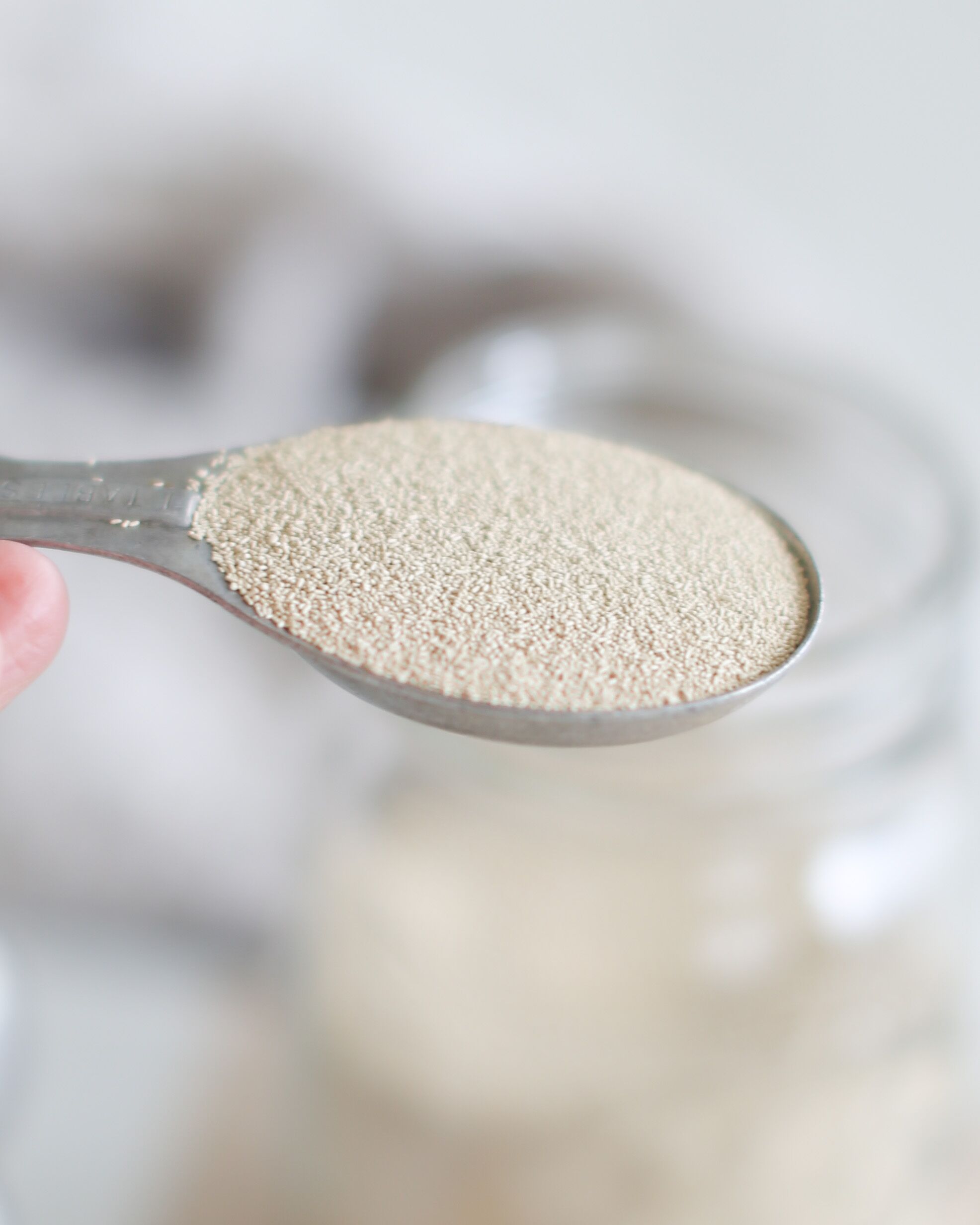
How to tell if your yeast is good
Baking yeast will come with an expiration date on the package. Here is a way to test if your active dry yeast is still ok to use.
Dissolve 1/2 teaspoon of sugar in 1 cup of lukewarm (not too warm) water. Sprinkle over 1 teaspoon of yeast, stir and let it sit. It should start to ferment within a few minutes. If it doesn’t ferment discard the yeast. If it ferments it should be fine to use.
What is the ideal water temperature to activate yeast?
Water should be lukewarm when activating yeast. But what does that mean? Technically, 110ºF is in the middle of the range of temperatures for water to put yeast in (105º F to 115º F). It should be just slightly warm – it’s best to take the temperature of the water once, put your hand in it to see what it feels like… and you likely won’t need to take the temperature in the future once you feel how warm it should be! You need it warm enough to activate the yeast but not so warm that it will kill the yeast.
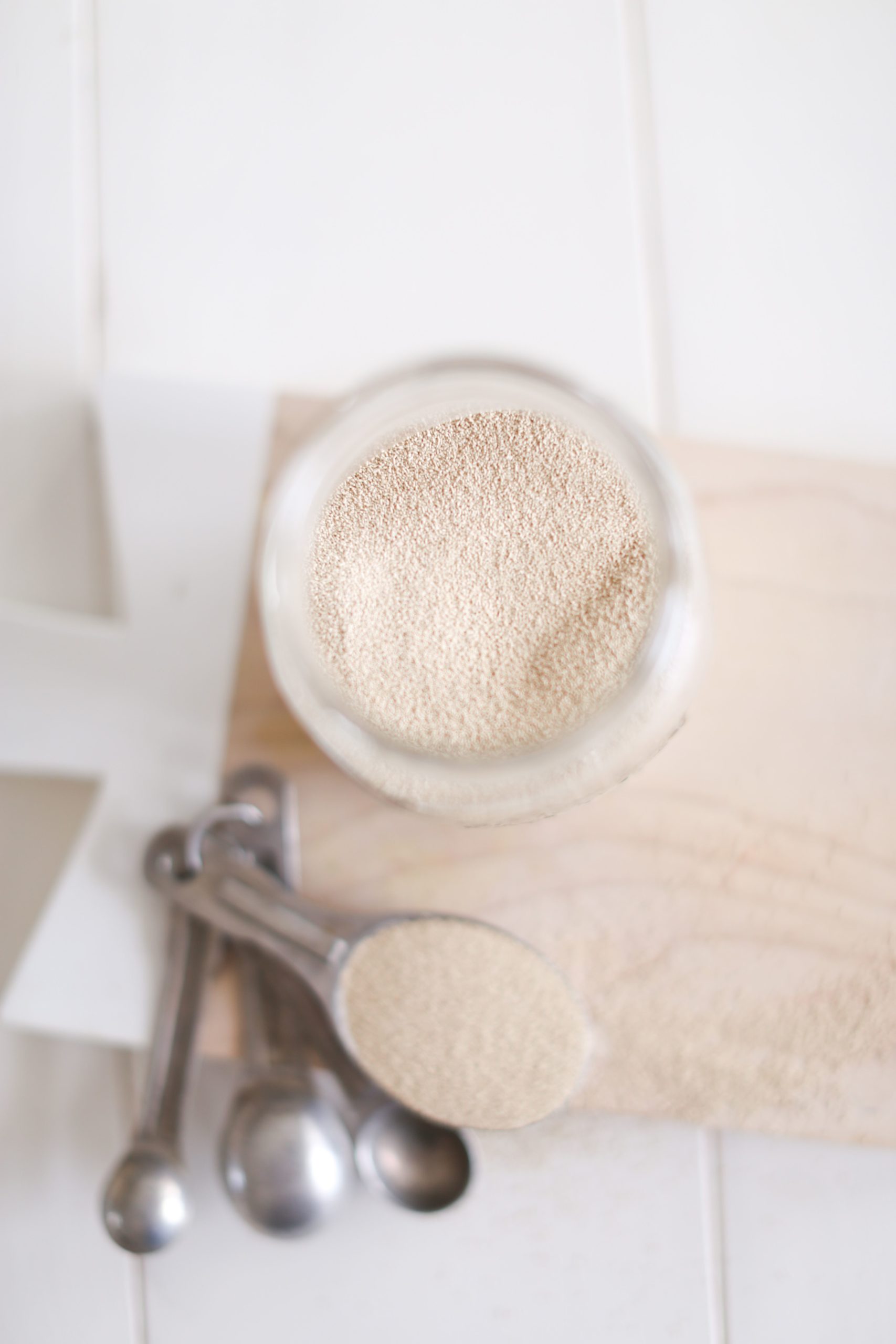
What are the different types of yeast?
There are 3 main types of yeast:
Active Dry Yeast
This is one of the most common types of yeast you’ll find used in a recipe. It’s the yeast you’ll find in a grocery store in individual packs, and it’s what I use in my Perfect White Bun recipe. Active dry yeast needs to be activated before it’s used in warm water (not: the water must not be too warm or it will kill the yeast). Sometimes sugar is added to this activation step to help feed the yeast. It’s in a semi-dormant state which makes it shelf-stable unlike fresh yeast. While patience is a virtue with this type of yeast, a slower rise often yields a better bread with less of a yeasty taste vs instant yeast.
Instant Yeast or Rapid Rise Yeast
Instant yeast allows you to skip the activation period when you’re making dough (it can be used the ‘instant’ you open up the package!). It can also allow for a quicker rise time in certain recipes. Follow the instructions on the package: it can be mixed right into the dry ingredients of your recipe.
Instant yeast may also be referred to as ‘Rapid Rise yeast’. Rapid Rise yeast is a version of Instant yeast with smaller granadditional chemicals (ascorbic acid) added to speed up the fermentation process even more. Instant yeast is not meant for doughs that are slow rising or doughs that are meant to be refrigerated before baking.
Fresh (or Cake) Yeast
Also known as cake yeast, fresh yeast is found in the refrigerator section of some grocery stores (it is less common than instant or active dry yeast). It has the highest moisture content of these types of yeast and it comes in blocks or cubes. This yeast is often used by experienced bakers and is a slightly more difficult yeast to use in every day baking. It can be crumbled and added right in to the dry ingredients or dissolved into wet ingredients first before using in a recipe. Here are expanded instructions on how to work with fresh or cake yeast.
Pizza Crust Yeast
This is regular yeast but with additives that relaxes the dough so that it doesn’t snap back when you roll it out. It isn’t recommended for bread making.
Yeast Conversions
1 teaspoon active dry yeast = 3/4 teaspoon instant yeast
1 teaspoon active dry yeast = 2 teaspoons fresh yeast
1 teaspoon instant yeast = 1 1/4 teaspoon active dry yeast
1 teaspoon instant yeast = 2 1/2 teaspoons fresh yeast
How to store yeast
Yeast is best stored in the freezer or in the fridge as it’s active and living. You want to be sure that it’s stored in an air-tight vessel, whether it’s in the sealed jar you bought it in or stored in a mason jar. There will be an expiration date on your package of yeast that is a good guideline to keep in mind.
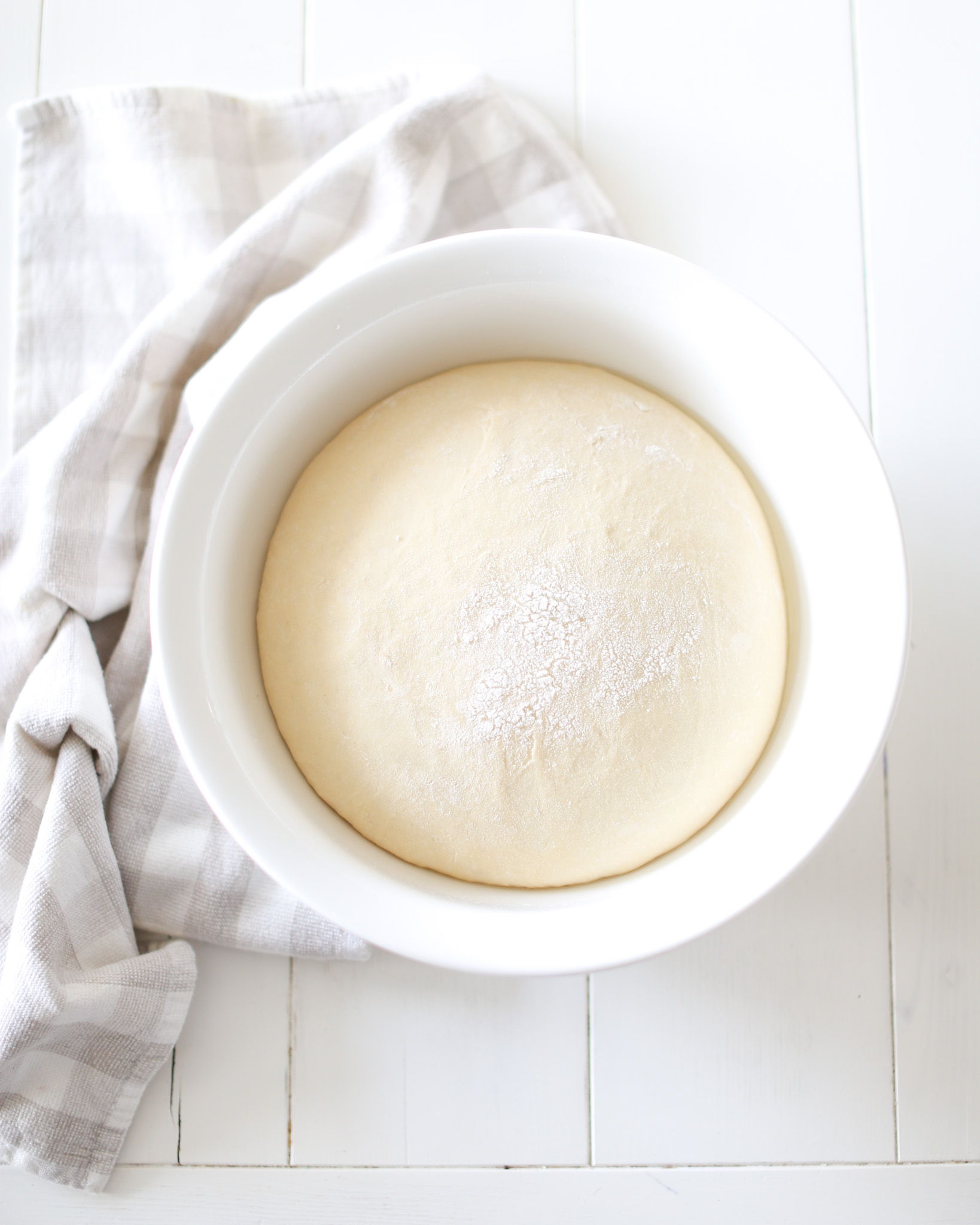
How to make bread without yeast
You can make your own bread without store-bought yeast by making your own sourdough starter. I am working on this and will do a post very soon! You only need a couple of ingredients (water and flour) and a lot of time and patience.
The BEST recipes to make with yeast!
If you are up for making bread try out my Perfect White Buns (you can make the dough into a loaf, buns, hot dog or hamburger buns or even my Granny’s Cinnamon Buns) – it’s a no-fail old-fashioned recipe that you will love!
And…. since Easter is around the corner check out this Hot Cross Bun recipe and tutorial!
Happy Baking Loves!
xo

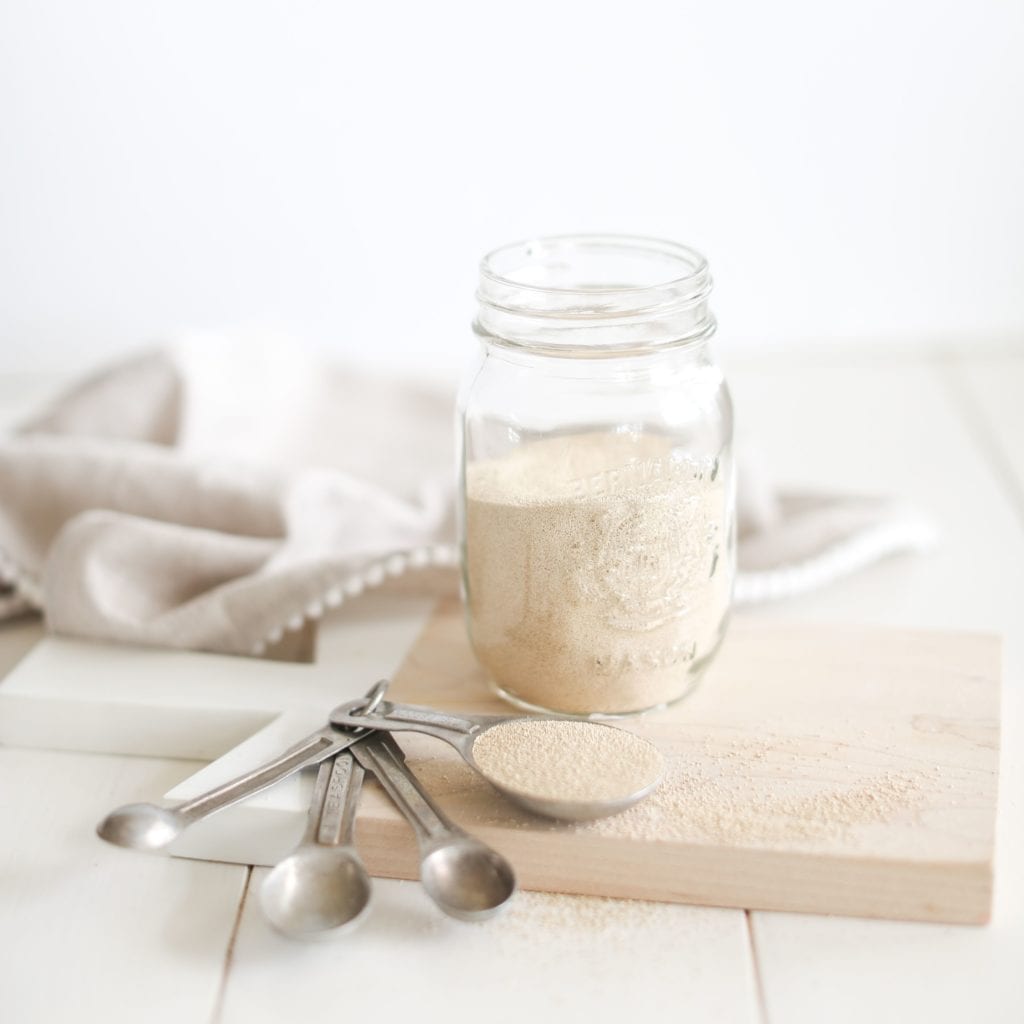
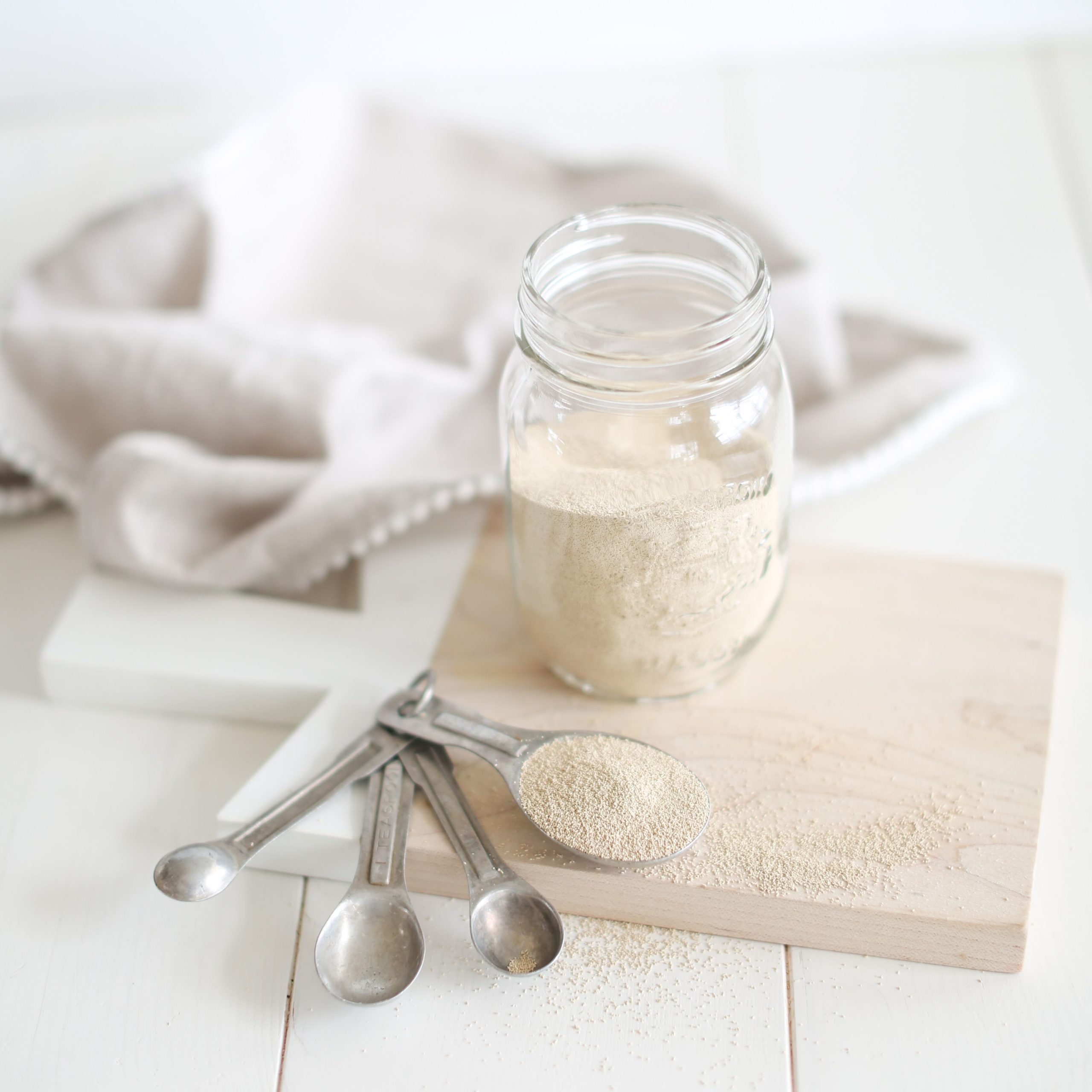
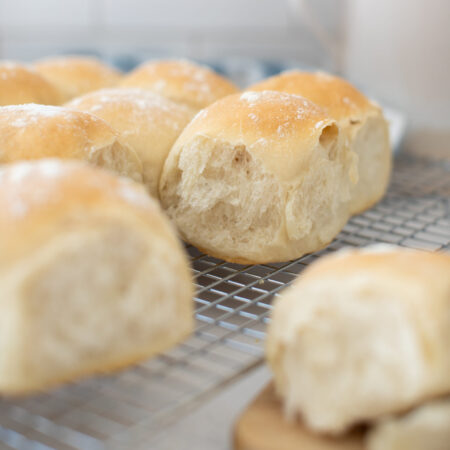

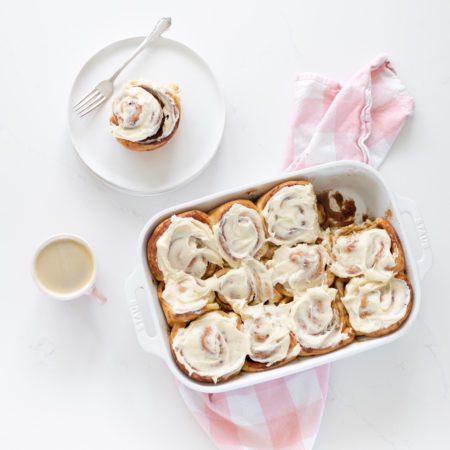

Such a helpful post! Thanks so much as always Tori. X0
Would sourdough starter be equivalent to fresh yeast?
Hi Elena it is different. I am just starting mine for the first time I will do a blog post soon!
Tori have you ever made yeast? I live in the Maritimes and with the coronavirus happening all the stores are sold out. A friend posted on facebook a link to make yeast. Just wondering if anyone has tried it.
Thanks for this blog post…very helpful.
I haven’t made yeast yet! I want to try making sourdough though!
Nice, Thanks for this 🙂
This is amazing – thank you!!!
Hope it helps!
Thank you!! ❤️
Thank you so much for this post. Perfect timing!!
This post was so informative! Thank you! 🙂
Also I have a quick question regarding yeast. Due to the Coronavirus all I can find is pizza dough yeast. Do you know if it the same as instant yeast? And if so, would I be able to use it in your perfect white bun recipe using the correct conversion?
Hi Liz! It is regular yeast with some additives in it to relax the dough. I think you could get away with using it though I haven’t tried! Would love to know if you do! I would just use the same amount as indicated in the recipe I think.
If a recipe calls for the use of a quick rise yeast, can you use active dry yeast instead? If so, how do you substitute? Is there a process to follow?
“1 teaspoon instant yeast = 1 1/4 teaspoon active dry yeast”
…. literally stated right in the article 🙂
I just found a jar of yeast in my fridge that I had forgotten about, and was wondering if it was still good, so this post came at just the right time! Thank you, Nipa
Amazing! Can’t wait to see what you make with it!
Tori – lovely timing on this post!!
One other description you might be able to help with – if a brand packages a yeast as “bread machine yeast” or “pizza dough yeast”, how would these types vary from an active yeast?
Thanks again!
Nice guide! I wish I had your guide when I started learning to make bread at home! I used to struggle quite a bit with getting the yeast to work for me. Sometimes the dough took forever to rise, sometimes the bread got too sour. Unfortunately I still make these mistakes from time to time but now I know what goes wrong when something goes wrong! Anyway, thanks for spending time to create this amazing yeast guide. And I’m really loving how your website looks.
So glad you found this valuable Hank!